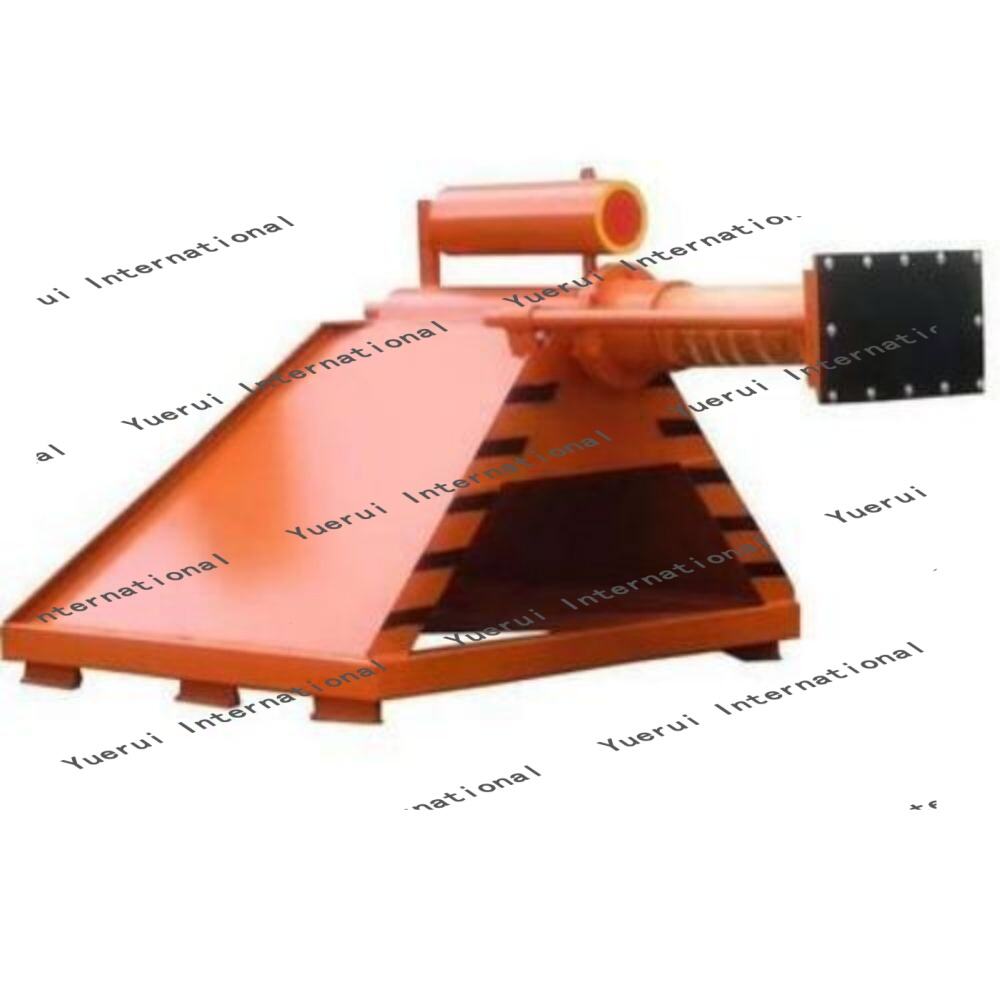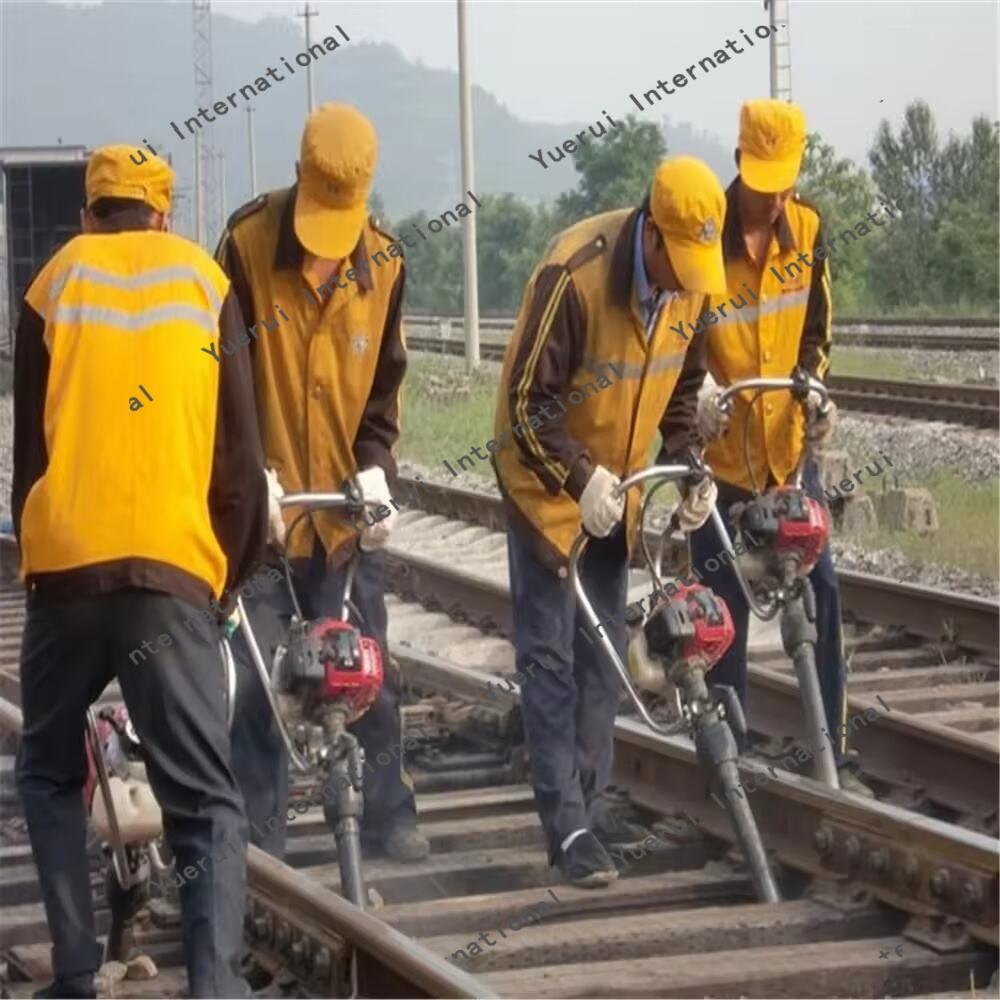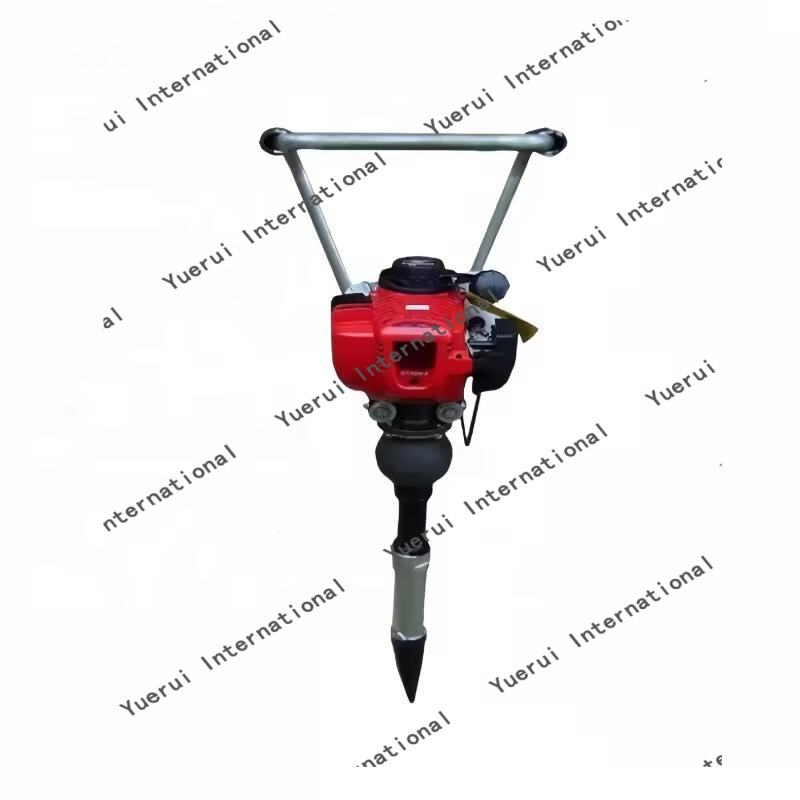railroad maintenance equipment
Railroad maintenance equipment represents a crucial investment in modern railway infrastructure management, encompassing a diverse range of specialized machinery designed to ensure track safety and operational efficiency. These sophisticated systems include track inspection vehicles, ballast cleaning machines, rail grinders, tamping machines, and track laying equipment. Each piece of equipment serves specific maintenance functions, from detecting microscopic rail defects to realigning tracks and replacing worn components. The equipment utilizes advanced technological features such as laser-guided measuring systems, automated control mechanisms, and real-time data analysis capabilities. These features enable precise maintenance operations while minimizing human error and reducing operational downtime. Modern railroad maintenance equipment incorporates GPS tracking, digital monitoring systems, and predictive maintenance algorithms to optimize maintenance schedules and prevent potential failures. The applications of this equipment extend across various railway operations, from routine maintenance of existing tracks to complete track renewal projects. These machines are essential for maintaining proper track geometry, ensuring adequate ballast distribution, and preserving rail head profiles, all of which are critical for safe and efficient rail operations.


